Forums examine a broad range of topics in unique, discussion-based format
//
Estimated Read Time:
The AACR Annual Meeting 2022 program featured 13 forums on Monday and Tuesday, April 11-12. Each 90-minute forum featured a unique, discussion-based format designed to engage attendees. Topics ranged from trust in science to genome-wide association studies, resistance to immune checkpoint blockade, breaking down silos in clinical trials, and putting precision oncology into clinical practice for pediatric cancer patients.
All forums can be viewed on the virtual platform by registered meeting participants through July 13, 2022. Here’s a recap of two Monday forums and two Tuesday forums:
GWAS debate highlights utility, shortcomings
Genome-wide association studies (GWAS) have transformed genetics research in cancer and almost every other disease. Before GWAS, few actionable links were known between genetic factors and cancer.
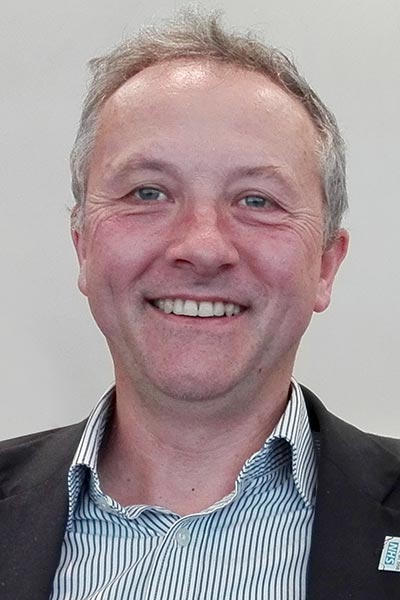
“Our understanding of the genetic basis of cancer has expanded steadily, starting with relationships between blood types and gastric cancer in the 1950s,” said Paul David Peter Pharoah, PhD, of the University of Cambridge, United Kingdom. “We had SNP (single nucleotide polymorphisms) studies and candidate variants, then candidate genes, but it wasn’t until the advent of GWAS that we had real results.”
Pharoah introduced a Monday forum that examined the question How Have Genome-Wide Association Studies Impacted Cancer Research? GWAS has become a tsunami of data, Pharoah said. An initial paper on breast cancer, for example, identified five risk alleles. Today, more than 150 have been identified.
“In genetics, we are starting with outcomes and trying to predict causes,” said Joseph D. Terwilliger, PhD, of Columbia University. “We are starting with phenotypes and trying to predict genes. And there’s very little predictive power in the phenotype. Trait phenotypes don’t predict genotypes well.”

The problem, he explained, is that gene mapping is based on two assumptions. One, that phenotypes predict genotypes, that detection is high. And two, that marker genotypes are highly correlated with risk genotypes, and that link is tight. Unless the gene in question acts independently, those assumptions fail.
“Independent action is not how biology works,” Terwilliger said. “Everything is additive and almost nothing operates in a vacuum. That’s why we are finding all these new variants that do less and less, and you get results like a study of 249,796 individuals that revealed 18 new loci associated with body mass index. The results were statistically significant and explain only 1.45 percent of the variance in BMI (body mass index).”
The promise of GWAS was that finding variants would lead to research and novel ways to treat disease. The technique has overpromised and underperformed, Terwilliger said.
“When you can do GWAS for $15, there’s no reason not to. But don’t expect to find any new genes,” he said.
On the other hand, you just might. The introduction of GWAS brought new rigor to genetic studies with better controls, better reporting of results, better statistical analysis, and better data sharing, said Paul J. Brennan, PhD, of the International Agency for Research on Cancer, Lyon, France.
“The real question is whether you can use these loci in a meaningful way,” he said.
GWAS cannot distinguish between clinically important loci and loci with little more than a distant association with cancer. Genetic susceptibility and cancer risk range from rare, high-penetrance cancer susceptibility genes such as TP53, PTEN, and BRCA1/2 to less common, moderate-penetrance genes such as ATM or CHEK2, to common, low-penetrance risk alleles.
Only about 40 percent of cancers can be explained by known risk factors, Brennan noted, leaving most other causes of cancer to be discovered.
“Triangulation, incorporating evidence from multiple sources, is one answer,” he said. “Multiple study designs with the same results enhance confidence. GWAS is one of the tools that will help.”
Enhancing sensitivity, mitigating resistance to immune checkpoint blockade
Immune checkpoint blockade (ICB) has revolutionized the treatment of many cancers, but not all patients respond to therapy. And a large proportion of patients who respond initially go on to develop resistance.
“We have FDA-approved inhibitors of three checkpoint pathways, CTLA-4, PD-1 and PD-L1, and LAG-3,” said Suzanne L. Topalian, MD, of Johns Hopkins Bloomberg-Kimmel Institute for Cancer Immunotherapy. “We already have seven agents approved with many more in development.” The reality is that the responses in patients has a wide range, around 12 percent to greater than 50 percent. “We have work to do,” she said.
Topalian opened the Monday forum Untangling Mechanisms of Sensitivity and Resistance to Immune Checkpoint Blockade.
There’s a clear need for more effective biomarkers and better strategies to improve response to ICB, she said. Three biomarkers are approved by the U.S. Food and Drug Administration (FDA) to guide patient selection for anti-PD-(L)1 therapy, and no biomarkers for the other pathways. Neoadjuvant ICB offers new opportunities to better understand the basis for treatment sensitivity and resistance, and to develop novel biomarkers.
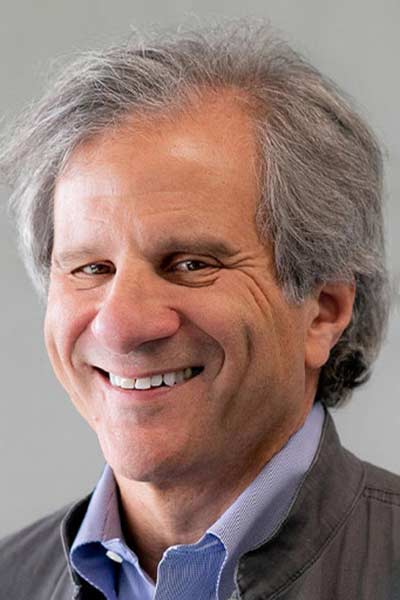
“We have to think in larger immunological concepts than just about T cells if we want to expand the reach of immunotherapy,” said Ira Mellman, PhD, of Genentech. “When we all started with PD-L1, the hype was that if you blocked inhibition, T cells would come back to life. Now we know this is not precisely how it works. Similar considerations may apply to other ICBs. We don’t know precisely what is happening in any one patient or any one tumor.”
Incomplete response or resistance to PD-1 blockade is likely due to co-inhibitory receptors. One co-inhibitor structure is TIGIT (T cell immunoreceptor with Ig and ITIM domains), which could be a more effective target for anti-PD activity, Mellman said. It may also help to look beyond T cells.
Cancers can also be defined by immune phenotype:
- Immune inflamed cells have a T-cell signature. CD8+ T cells infiltrate these types of tumors, but are insufficient.
- Immune-excluded tumors have a TGFβ signature. CD8+ T cells do not efficiently infiltrate from the stroma.
- Immune desert tumors have a neuroendocrine signature. CD8+ T cells are absent from both tumor and periphery.
The tumor mutation burden and neo-antigen load is constant across all three phenotypes and each phenotype offers distinct limiting steps in the cancer immunity cycle.
“You can’t just think about T cells,” Mellman said. “What T cells can do is very strictly regulated by the immunological context in which they must work.”

Clinical trial models that generate hypotheses that can be taken back to the lab for development, as opposed to traditional trials designed to test a hypothesis, may be a useful place to start, said Padmanee Sharma, MD, PhD, of MD Anderson Cancer Center.
“We started rethinking clinical trial design to obtain samples for lab studies back in 2004,” she said. “Neoadjuvant trials with tissue samples before and after initial treatment can help detect clinical signals early, allow biomarker analyses, and give mechanical insights. The first neoadjuvant trial with immune checkpoint therapy (ICT) was an anti-CTLA-4 antibody in patients with localized bladder cancer in 2006.”
Researchers analyzed blood samples collected before treatment, after each neoadjuvant treatment, and then at post-operative follow-up visits. Changes before and after anti-CTLA-4 treatment were some of the earliest clinical signals that bladder cancer can be responsive to ICT.
More recently, a neoadjuvant trial combining anti-CTLA-4 and anti-PD-L1 identified the ICOS (inducible costimulatory) pathway as a potentially useful clinical target for combination ICT.
“ICT combination therapy is the future and neoadjuvant trials are the platform of choice to design those therapies,” Sharma said.
ICT researchers typically think long and hard about the cellular composition of tumor and microenvironment. How those cells are arranged in space is at least as important as the cellular composition itself.
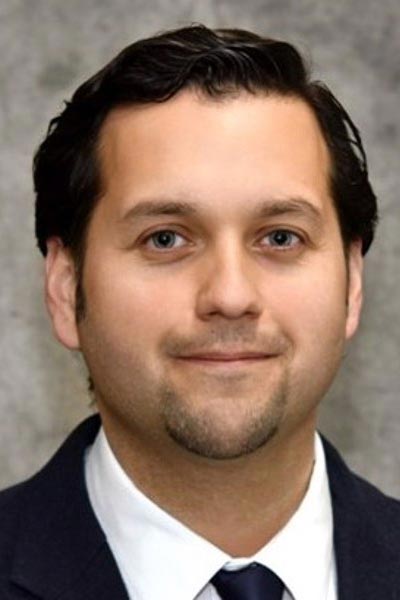
“Spatial distribution can contribute to sensitivity and insensitivity to treatment,” said Kurt A. Schalper, MD, PhD, of Yale University School of Medicine and Yale Cancer Center. “Resistance to ICB can be tumor-mediated and immune cell-mediated. There’s almost always something going on between the tumor and the host immune system.”
Tumors with high spatial heterogeneity tend to have a worse outcome than tumors that are more spatially ordered, Schalper said. The mechanisms are not clear, but just as hyperactive T cells can burn out, become exhausted, and lose anti-tumor activity, it seems likely that tumors have their own escape mechanisms. And more resistant tumors may have multiple escape pathways.
“Younger tumors may be less complex with fewer ways to escape or become resistant,” Schalper said. “That could make earlier diagnosis and treatment even more important than we already know it is.”
Tumors may also have multiple altered pathways affecting tolerance and resistance. Identifying the dominant signals and modulating the dominant pathways could be more effective than simply enhancing overall immune activity.
“It may be time to not just combine drugs, but to select patients based on tumor and immune features that make them more likely to respond,” Schalper said. “Instead of trying to ‘correct’ immune response, identify the specific defect in the tumor and treat that one defect.”

Breaking down silos in clinical trials
The COVID-19 pandemic has affected far more individuals than those infected with SARS-CoV-2, their families, and their communities. The pandemic left gaping craters in health care, including clinical cancer trials.
Enrollment in treatment trials at National Cancer Institute (NCI) centers plummeted by 47 percent in early April 2020, and accrual has yet to recover in NCI trials, other institutional trials, or peer-reviewed trials.
“The pandemic presented many roadblocks to clinical trial accrual and access of patients to health care personnel and facilities,” said James H. Doroshow, MD, of the NCI. “The pandemic also saw the reprogramming of clinical research resources to clinical care and further diminished the availability of trials for underserved populations.”
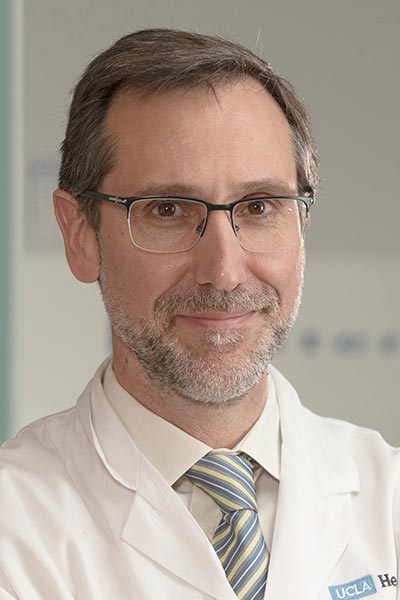
Doroshow opened the Tuesday forum Breaking Down Silos: If We Did It During the COVID Pandemic, Why Not for Cancer? Antoni Ribas, MD, PhD, FAACR, Past President of the AACR (2020-2021), moderated the forum and noted that amidst all the challenges that the pandemic posed, some good ideas and processes emerged for cancer care. The forum highlighted several positive outcomes that the field could carry forward.
The NCI changed many of its standard procedures within weeks, Doroshow noted. The agency moved to electronic consent, shipped oral investigational agents directly to patients, replaced in-person study audits with electronic audits, encouraged the use of telemedicine for study visits, and limited the impact of minor study deviations on trial conduct and evaluation. The agency also developed a new strategic clinical trials program to make many of those changes permanent.
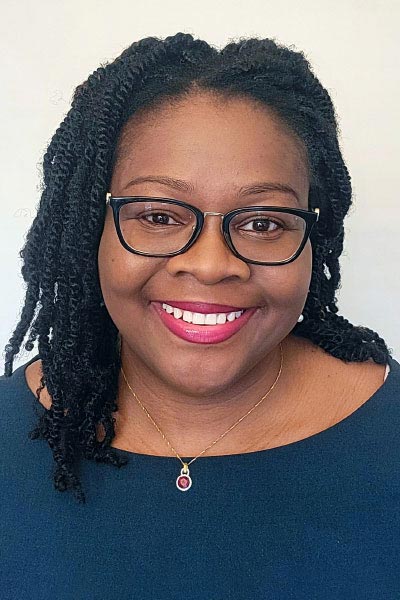
“We had a vision to develop flexible, faster, simpler, less expensive, high-impact clinical trials that integrated seamlessly with clinical practice,” Doroshow said.
Traditional trial programs focus on trial sites and investigators. The pandemic shifted that focus to patients and the agency does not want to see trial protocols or conduct return to those outdated models, he said.
“From an FDA perspective, there are no barriers to shifting to patient-centered trial models,” said the FDA’s Lola A. Fashoyin-Aje, MD, MPH. “The flexibility in trials that came with COVID-19 aligns with existing FDA regulations and are likely to be prespecified in trial protocols going forward.
“It’s important to think seriously about the amount of data we collect, especially in last-stage trials,” she continued. “Conventional methods collect too much information that’s not useful in changing clinical practice.”

The changes envisioned by the NCI and the FDA are also echoed by industry partners.
“We were already near a tipping point in health care technology,” said Susan M. Galbraith, PhD, of AstraZeneca. “The pandemic has accelerated our move to the tipping point.”
A May 2020 survey of U.S. clinical trial investigators found strong support for remote patient monitoring, telemedicine consultations, remote site initiation visits and investigator meetings, electronic consent, electronic outcomes assessments, direct sponsor-to-patient supply, in-home nurse visits for measurement or infusions, and other changes. Galbraith said all were already being used or were enabled during the pandemic.
“It’s not often you can create a win-win like this,” she said. “We are already seeing a 30 percent acceleration in trials, a 20 percent cost reduction, and a 50 percent improvement in the patient experience.”
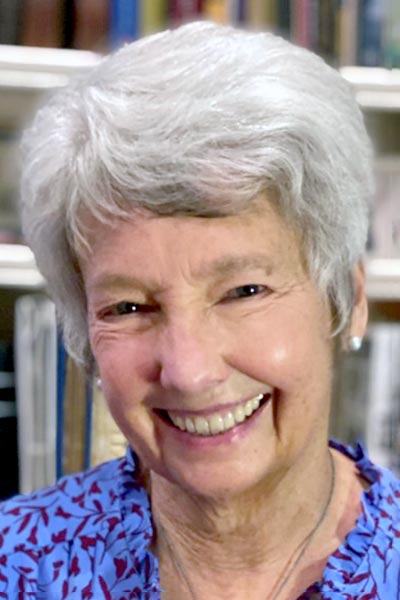
The move to more patient-centric trial designs is also a good ethical choice.
“The changes we are beginning to see in cancer trials lead to better science with more collaboration, provide the greatest good for the greatest number of people, give more respect to individuals, increase beneficence by working for participants well-being, and add justice by treating all participants fairly,” said Rebecca D. Pentz, PhD, of Emory Winship Cancer Institute.
“Our increased emphasis on health disparities is long overdue. Putting patients at the center is all about justice,” she said.
Bringing practical change to pediatric oncology
Some of the changes to clinical trials have been making their way into pediatric cancer trials and clinical practice for several years. A growing recognition that children and young adults are heavily underrepresented in cancer trials began driving change long before the COVID-19 pandemic.
“Only rare trials of molecularly targeted therapy have included pediatric patients and then at low numbers,” said Katherine A. Janeway, MD, MMSC, of Harvard Medical School and the Dana-Farber Cancer Institute. “Individual cancers have even lower numbers of pediatric patients.”
Janeway moderated the Tuesday forum Putting Precision Oncology into Clinical Practice for Pediatric Cancer Patients.

Pediatric cancers almost always meet the NCI definition of a rare cancer, affecting fewer than 15 out of 100,000 children annually.
“In general, [pediatric] cancers have lower mutation rates than adult cancers. Nevertheless, between a third to a half of pediatric cancers have druggable alterations,” Janeway said.
Some pediatric patients have access to molecule tumor profiling with next-generation sequencing, but access is not universal. In resource-constrained environments, whole genome sequencing, whole exome sequencing, RNAseq, and similar screens are not readily available.
Lack of access is more often a question of logistics and ingrained practice habits than cost, Janeway noted. Five-year results of the National Institute of Health’s Pediatric MATCH screening trial suggest change is both possible and practical.

“Of the first 1,000 children in MATCH, about half were at centers not part of the NCI Pediatric Early Phase Clinical Trials Network,” said Donald W. Parsons, MD, PhD, of the NCI. “We have seen that it’s feasible to profile children’s tumors, get results back to treating clinicians in 15 days, and treat appropriately with good results. A lot of this is already standard practice at a number of centers.”
MATCH is a national screening trial for cancer patients 21 years of age and younger with refractory solid tumors, lymphomas, and histiocytosis. Tumor samples are sequenced and, if an actionable mutation is detected, matched to one of 13 predefined phase II treatment protocols.
In Europe, the French National Health System now provides molecular profiling at disease recurrence for all patients younger than 25 as standard of care. The coverage expansion is based largely on the results of MAPPYACTS, a prospective, multicenter precision medicine trial in recurrent/refractory pediatric cancer.

“It’s important that we continue to enlarge access to clinical trials and clinical treatment with molecular tumor profiling,” said Pablo Berlanga, MD, PhD, of Gustave Roussy hospital in Villejuif, France. “It makes no sense to have a trial and not include children and adolescents.”
Centers in France, Ireland, Italy, and Spain enrolled 774 patients with recurrent or refractory tumors in MAPPYACTS and obtained both tumor and blood samples. Nearly two-thirds of biopsies, 62 percent, were obtained specifically for the trial. Tumors from 76 percent of patients were successfully sequenced and 69 percent had potentially actionable alterations.
“It’s clear that we must ensure access to molecular profiling at disease recurrence for all patients,” Berlanga said. “And we need to collect real-world data of innovative anti-cancer therapies outside clinical trials in off-label or compassionate use, not just therapies that are biomarker-driven.”




